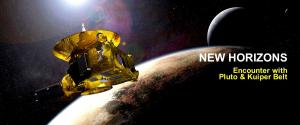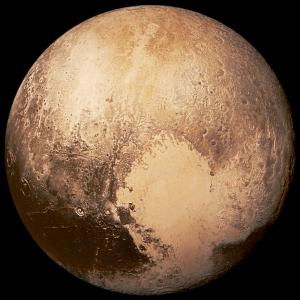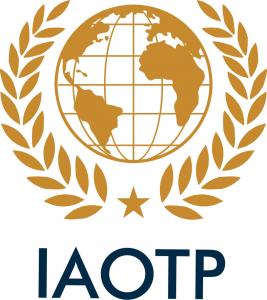Plans Include Dismissal of Current Science Staff—the National Space Society Supports Continued Funding
— Hoyt Davidson, NSS Executive Vice President
KENNDY SPACE CENTER, FLORIDA, USA, August 21, 2023/EINPresswire.com/ — NASA’s highly successful New Horizons mission, which was the first and only planned spacecraft to explore the Kuiper Belt, is facing a massive budget cut and a drastically diminished mission profile. The cuts intended by NASA would effectively terminate Kuiper Belt exploration years before the spacecraft exits the Kuiper Belt and dismiss the longstanding and successful mission science team.
Mission Principal Investigator Dr. Alan Stern said, “New Horizons is the only spacecraft in the Kuiper Belt, and the only one currently planned to go there. We have valuable new Kuiper Belt observations, and a search for a new flyby target, still to complete every year until we leave the Belt. Quitting this exploration prematurely, after spending nearly $1 billion to get New Horizons to the Kuiper Belt seems to many of us to be tragically mistaken, a poor use of taxpayer money, and a lost scientific opportunity that can never be recovered from.”
The New Horizons mission launched in 2006 after more than a decade of planning. The spacecraft returned data and images on its way to Pluto, encountering an asteroid, flying past Jupiter, and ultimately sending back the first close-in images of Pluto and its five moons in July 2015. Prior to this, the best pictures of Pluto came from the Hubble Space Telescope and were just smudges a few pixels wide—New Horizons imaged the planet at a distance of just 7,800 miles (12,500 km), transforming our understanding of Pluto and the outer solar system.
New Horizons then continued its historic journey, venturing into the Kuiper Belt, a large region surrounding the outer solar system, filled with rock and ice “planetesimals” left over from the formation of the planets. In January 2019, it made the first ever reconnaissance of a Kuiper Belt Object called 486958 Arrokoth. The results provided a revelation—the planetesimal was actually composed of two smaller bodies that had fused together at low velocities, in a never-before-seen pattern.
If the NASA cuts aren’t reversed, the science team would be replaced, and the mission switched strictly to heliophysics study. The resulting savings would be just $3-4 million per year.
The National Space Society is joining with a number of other pro-space organizations as well as individuals including Queen’s Brian May, Carl Sagan’s widow Ann Druyan, former NASA Deputy Administrator Lori Garver, and Bill Nye, to request continuation of the mission with the current science team. Toward that end, the NSS has set up a petition at Change.org.
Hoyt Davidson, a space investment banker and executive vice president of the NSS stated, “The Save New Horizons petition is still in its infancy but has gathered over 1200 signatures and almost 70 sponsors donating money to support the effort. Momentum has started to build and there are new organizations joining this cause. We have only two more weeks to promote this petition, so please help by signing, sharing, and sponsoring. The exploration of the Kuiper Belt by New Horizons matters!”
The Change.org petition must achieve critical mass by September 4 to reach decision makers in time to have an effect. Please consider signing the petition and be sure to tell your friends and post on social media. It can be found at go.nss.org/new-horizons.
ABOUT THE NSS
The National Space Society was founded in 1987 via a merger of the National Space Institute and the L5 Society. The NSS is the preeminent citizen’s voice on space exploration, development, and settlement. To learn more about the NSS and its mission to establish humanity as a spacefaring species, visit us on the web at space.nss.org.
Rod Pyle
National Space Society
+1 626-399-4440
email us here
![]()
Originally published at https://www.einpresswire.com/article/651130804/new-horizons-mission-to-pluto-and-the-kuiper-belt-expecting-crippling-funding-cut





